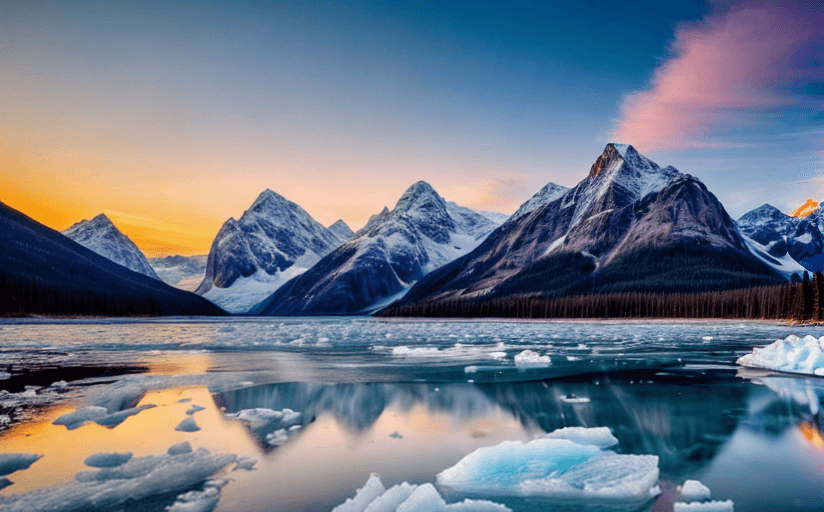How is Climate Change Affecting Global Biodiversity?
Climate change is causing global temperatures to rise, resulting in changes in precipitation and extreme weather events. These changes are having a direct impact on the diversity of species around the world. As temperatures rise, animal and plant species are finding it increasingly difficult to survive in their current habitats. This is resulting in a decline in the number of species, as well as a decrease in their genetic diversity.
Scientific Evidence of Climate Change Impact on Biodiversity
Scientists have been able to study and analyze the effects of climate change on global biodiversity through the use of long-term data. The data collected indicates that climate change is causing species to migrate to different areas, resulting in a decline of species in certain areas and an increase in others. This has resulted in a decrease in the genetic diversity of species, as well as an increase in the number of species that are classified as endangered or threatened.
In addition, climate change is causing extreme weather events, such as droughts, floods, and heat waves, to become more frequent and intense. These events can have a devastating effect on species that are not adapted to the changing conditions. For example, a drought could cause a species to become extinct if it is unable to find a suitable habitat in which to survive.
Implications of Climate Change on Animal and Plant Species
The implications of climate change on animal and plant species are far-reaching. As habitats become too hot, species are forced to migrate to cooler areas, resulting in a decrease in the number of species in certain areas. This can lead to a decrease in genetic diversity, as well as an increase in the number of species that are classified as endangered or threatened. In addition, extreme weather events can cause a decrease in food availability, resulting in a decrease in the growth and reproduction of species.
Climate change also has implications for the environment, as species that are unable to adapt to the changes are lost. This can result in an imbalance in the ecosystem, leading to a decrease in the number of species and a decrease in overall biodiversity. This can, in turn, lead to a decrease in the quality of the environment, as well as a decrease in the resources available to humans.
Strategies to Mitigate the Effects of Climate Change on Biodiversity
In order to mitigate the effects of climate change on global biodiversity, there are several strategies that can be implemented. The most effective strategy is to reduce greenhouse gas emissions, as this will reduce the amount of heat being trapped in the atmosphere. This can be done through the use of renewable energy sources, such as solar and wind power, as well as the adoption of energy-efficient technologies.
In addition, governments and individuals can also work to protect and conserve existing habitats. This can be done by increasing the amount of protected land and marine areas, as well as creating buffer zones around existing habitats. This will help to ensure that species have the space they need to survive and thrive in the face of climate change.
Finally, individuals can help to support biodiversity conservation by reducing their consumption of animal and plant products. This will help to reduce the amount of resources needed to produce these products, and will also reduce the pressure placed on existing habitats and species.
Conclusion
Climate change is having a direct and profound impact on global biodiversity. As temperatures rise and extreme weather events become more frequent and intense, species are finding it increasingly difficult to survive in their current habitats. This is resulting in a decrease in the number of species, as well as a decrease in their genetic diversity. In order to mitigate the effects of climate change on global biodiversity, it is important to reduce greenhouse gas emissions, protect and conserve existing habitats, and reduce the consumption of animal and plant products. By taking these steps, we can help to ensure that species have the space they need to survive and thrive in the face of climate change.


















Comments
Leave a Comment